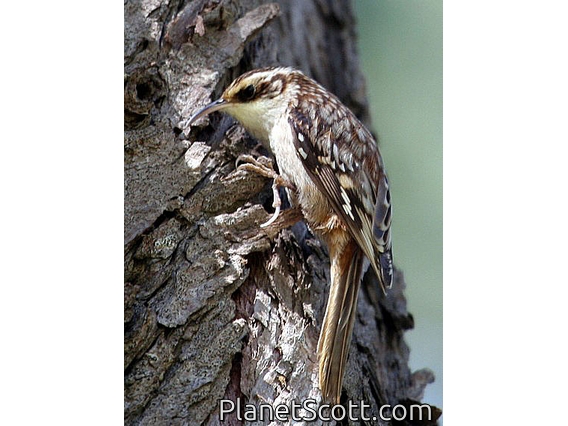Brown Creeper (Certhia americana)

American Tree-Creeper (Certhia americana)
×


American Tree-Creeper (Certhia americana)
About Brown Creeper (Certhia americana)
- Kingdom: Animals
- Phylum: Chordates
- Class: Birds
- Order: Perching Birds
- Family: Treecreepers
The brown creeper, also known as the American treecreeper, is a small songbird, the only North American member of the treecreeper family Certhiidae.
Source: Wikipedia
Visits
-
2006-02-16
Lake Merced , United States of America -
2007-01-29
Lake Merced , United States of America -
2010-02-19
Volcan Nevado de Toluca, MexicoThis bird was seen briefly as it flew across the trail and disappeared into a pine tree. -
2012-09-30
Golden Gate Park - Stow Lake, United States of America -
2013-03-24
Fort Mason, United States of America -
2014-05-10
Cave Creek Canyon--South Fork, United States of America -
2014-09-27
Mount Davidson, United States of America -
-
-
-
-
-
-
-
-
-


